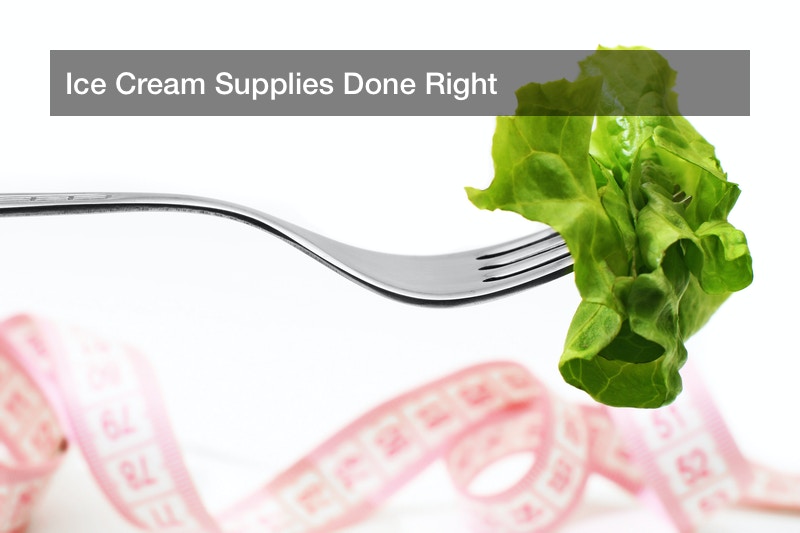Ice Cream Supplies Done Right


Americans love to eat frozen desserts, and this includes ice cream (both soft serve and hard serve), gelato, frozen custard, sherbet, and more. But of course, there is more to ice cream than the sugary dessert itself; ice cream parlors will be fully stocked with ice cream spoons (usually plastic), ice cream cups (laminated paper), plastic straws, and edible waffle cones. After all, different customers will have their own varying preferences on how to have their ice cream served, so an ice cream parlor owner will have everything on hand. These supplies, like ice cream cups, should be fairly affordable to buy in bulk from local wholesalers, and some ice cream cups may be recyclable, too. And of course, ice cream cups are a fine place to print the company’s logo and add some color, to make ice cream even more fun.
Statistics of Ice Cream
This frozen dessert is a century old, and while an ice cream parlor’s owner doesn’t have to concern themselves with its recipe, they should know just how popular this dessert is. NPD Group, for example, found that in any given two-week period, around 40% of all Americans (about 150 million people!) will eat ice cream, though summer is a safe bet for stronger ice cream sales. June stand as the most popular month for ice cream production, and a lot of it may be sold at that time, too, and all throughout summer. The average American will eat 8 pints of ice cream per year, and around 90% of all American households have a frozen, sweet treat in their freezer. And every year, some 1.5 billion gallons of ice cream and related desserts are made in the United States per year, meaning that around 8% of all American dairy is dedicated to making it. Interestingly, most ice cream brands tend to be small and local, and thus advertise locally. Relatively few ice cream brands are standard across the United States.
How to Serve and Eat Ice Cream
There isn’t really a “right” way to eat ice cream, though the most common styles are to either use an edible waffle cone, or ice cream cups and bowls. Waffle cones are the classic image of ice cream, and their invention dates all the way back to 1904. These waffle cones are crunchy, dry, and have a mild sweet flavor, making for a nice contrast with the ice cream itself. An ice cream cone can have one or two scoops on it, and many Americans like this classic image and may share images of their ice cream on social media. This can be great fun, but eaters should watch out for drips or spills, and waffle cones don’t make for good leftover storage containers. It’s usually better to eat modest amounts of ice cream this way.
Meanwhile, what about ice cream cups and bowls? This is the neater way to eat ice cream, though of course these are not edible. Paper cups and bowls tend to be laminated to prevent leaks or tears, and they can have the ice cream parlor’s brand name printed on them. These containers don’t easily leak or spill, and they make for fine leftover storage later in the freezer. As a bonus, the eater can more easily mix up their flavors and condiments in that bowl or cup for fun, and neatly eat ice cream with a spoon or even a straw (great for half-melted leftovers at the end). Also, similar frozen desserts such as gelato and frozen custard are usually served this way, and there are specialized gelato spoons out there, too.
So, it’s best for an ice cream parlor owner to be fully stocked with everything from waffles cones to ice cream cups, spoons, straws, and paper napkins, and they should also keep their ice cream mixers well washed, too. At the end of each work day, an ice cream machine will be shut off and rinsed out, so the leftover ice cream is removed. Now, according to the machine’s directions, it can be taken apart and its pieces washed in warm, soapy water. Once those dry, the machine is assembled again, perfectly clean and ready for the next day. The owner can refer to the manual if they need to.